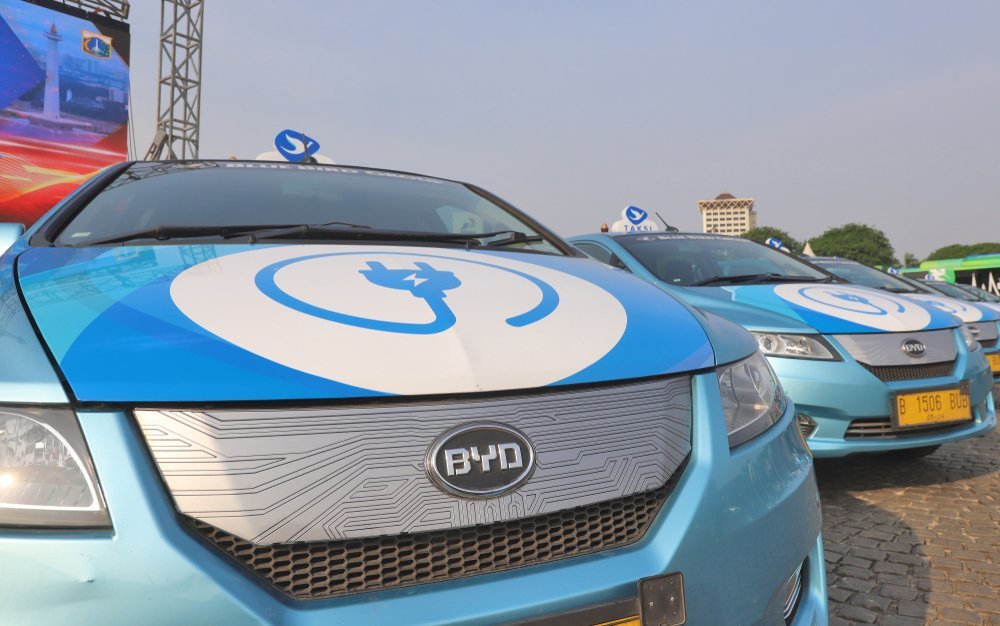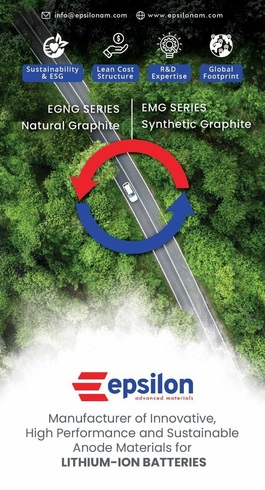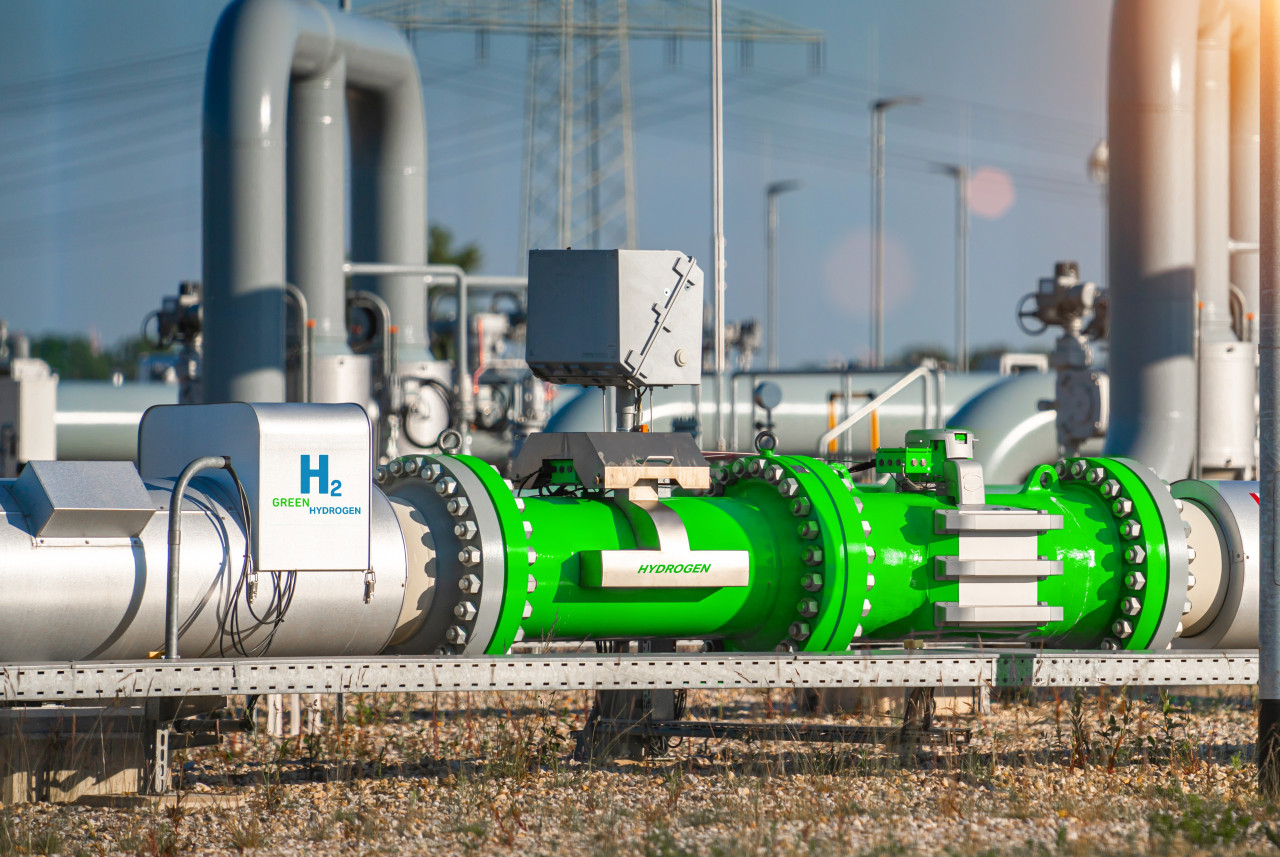China’s ‘dual-credit’ policy: Top carmakers with positive NEV credits (2021)
Credited as one of the prime policy push forcing carmakers into electrification in the country, China's 'dual-credit' policy mandates those car manufacturers that fail to meet fuel efficiency requirements to either offset the deficit with their own excess new-energy vehicles (NEV) credits or purchase new energy credits from other OEMs.
China as the largest market of electric and hybrid vehicles needs no introduction. The country's new-energy vehicles (NEV) ownership surpassed 10 million mark just recently, accounting for about 3.23 percent share in cumulative vehicle parc. This points to the fact that despite phenomenal growth of NEVs, the Chinese market still have a long way to go in replacing ICE vehicles, therefore immense potential for EVs and hybrids in the coming years.
Another interesting fact is that about 8.1 million vehicles (80.93 percent) in 10.1 million-odd NEVs are pure-electric vehicles. In terms of registration data, NEVs stand for 19.90 percent in June 2022, which means one in five car buyers have opted for an NEV in China.
Further, the country has recorded 2.21 million NEV registrations in the first half of this year alone – a whooping increase of 1.11 million vehicles or 100.26 percent jump as against the same period last year.
One prime driver of rapid growth of NEVs in China over the last couple of years is the Parallel Management Regulation for Corporate Average Fuel Consumption and New Energy Vehicle Credits, popularly called as the 'dual-credit' policy. Adopted in 2018, the policy is said to be modelled after California's Zero Emission Vehicle (ZEV) program, and is applicable to all passenger cars and other light-duty vehicle in the country.
New energy credits
The dual-credit framework adds a parallel management component that connects automaker' fuel efficiency performance with their NEV sales performance. The policy has set certain credit requirements for carmakers on their fleet fuel consumption reduction under Corporate Average Fuel Consumption (CAFC), and production of clean energy vehicles under NEV credits.
Companies exceeding their set targets earn extra credits, while falling short of the threshold results in deficits. Those who fail to meet their CAFC credits can offset their deficit with excessive fuel reduction through their positive NEV credits. If in case a carmaker's NEV credit is negative, it can purchase NEV credits from other companies.
But there is a catch. It is to be noted that only NEV credits can be used to offset a CAFC deficit, and not vice-versa. Companies with extra CAFC credits cannot use those to offset theirs or another company's NEV deficit. Carmakers who are unable to zero down their negative credits are required by China's Ministry of Industry and Information Technology (MIIT) to devise a product adjustment plan and ensure compliance with a defined deadline.
With this credit framework in place, mass car makers and EV brands are the biggest beneficiaries as they cash their extra credits with traditional carmakers who fall short of NEV credits. The system also pushes the OEMs to re-strategize their product line-up with more fuel-efficient technologies and NEVs.
Top brands with positive credits
According to CnEVPost's news report quoting MIIT's data, about 129 passenger car companies generated a total of 6.79 million positive NEV credits and 797,900 negative NEV credits in 2021. The months of July and August is usual the time when companies can trade their new energy credits earned last year.
Some of the top contributors (brands) of positive NEV credits in the Chinese car market last year includes the following:
- BYD - 1.66 million credits (24 percent of all positive credits)
- Tesla - 1.4 million credits (21 percent of all positive credits)
- Guangzhou Automobile Group (GAC) - 448,700 credits
- JAC Motors - 397,000 credits (including NIO brand of vehicles manufactured in JAC's facility)
- XPeng Motors - 360,928 credits
- Hozon Auto (Neta brand) - 208,491 credits
- WM Motor - 159,377 credits
- Li Auto - 143,507 credits
- Leapmotor - 82,626 credits
- SAIC-GM Wuling - 59,589 credits
The average transaction price of NEV credits last year was RMB 2,088 ($ 312) per unit. To put in perspective, if top credit earners BYD and Tesla sell all their 2021 positive credits at last year's transaction price, they would earn RMB 3.46 billion ($ 515.9 million) and RMB 2.93 billion ($ 436.9 million) respectively!
Since 2018, the trading price of NEV credits is on a sharp increasing trend. In 2020, the average transaction price was RMB 1,204. As per Industrial Securities research report, as quoted by CnEVPost, the unit price of new energy credits has risen from RMB 300-500 initially to RMB 2,500-3,000. There is no doubt the credit per unit price is likely to reach new heights this year as well.
With inputs from CnEVPost.com, ICCT.org






















